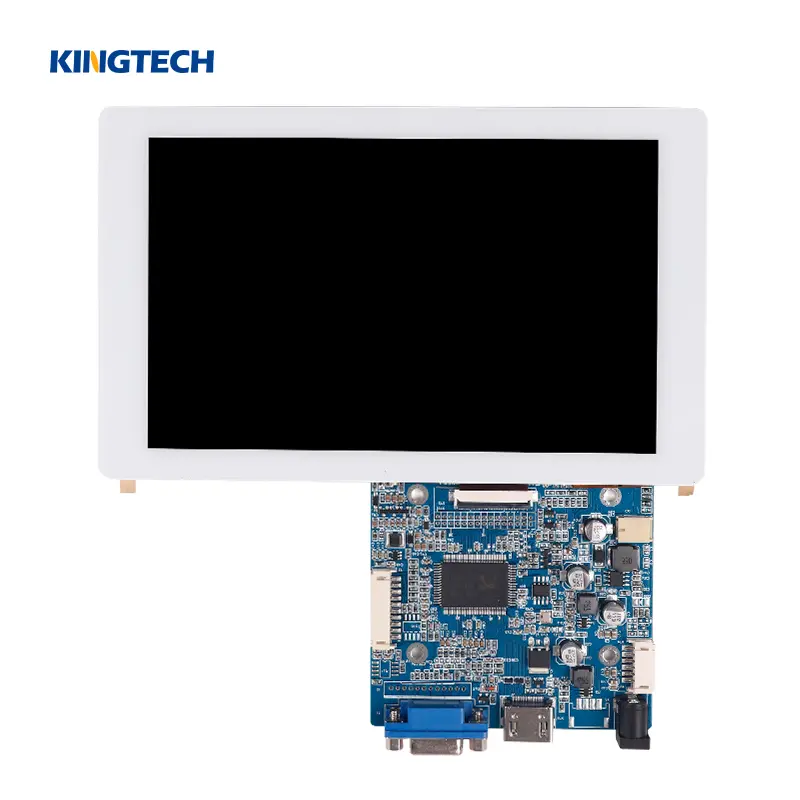The history of LCD dates back to 1888, when Friedrich Reinitzer (an Austrian botanist) discovered liquid crystals while experimenting and publishing the results. In May 1968, George Heilmeier and a group of scientists discovered it.
Liquid Crystal Display, commonly known as LCD, is a flat panel display technology used to display images and text.
LCDs have backlight or reflective plates for generating color or monochrome images. The technology is based on full-light obstruction rather than light emission. After research and invention, LCD manufacturing companies gradually made developments in display technology and have taken this technology to considerable heights.
Liquid crystal display technology is composed of two grids, an active matrix display grid, and a passive display grid. Active matrix display grid is a widely used form of grid, which is applied in many electronic device displays. Passive display grids mainly exist in some older devices.
Different LCD technologies are used today.
Twisted Nematic (TN)
Twisted Nematic is the most affordable and commonly used LCD technology. It offers high refresh rates, which makes it a widely used technology. However, its disadvantage is the display, which is of low quality in terms of contrast and viewing angles.
Vertical Alignment Panels (VA Panels)
VA panels are considered to be in the middle of twisted nematic and in-plane switching technology. Vertical Alignment technology offers slightly higher ratios, wider viewing angles, and a better-quality display compared to Twisted Nematic.
In-Plane Switching (IPS)
In-plane switching is considered the best LCD technology. It offers vibrant color, has wider viewing angles, and has good quality as compared to twisted panels.
Plane-to-line switching (PLS)
Samsung invented this display technology which is similar to IPS. It offers wide viewing angles, good picture quality, and color accuracy.
Advanced Fringe Field Switching (AFFS)
AFFS LCD offers a wider range of colors and the best performance as compared to IPS displays. With advanced technology, this display can be used in airplane cockpits.
Benefits of LCD over other display technologies
- LCD monitors are thin and size, therefore, they are portable.
- Some consume less electricity and emit less heat than the cathode ray tube (CRT).
- LCD technology is commonly used in design because of its high picture quality and resolution (up to 1080).
- LCD monitors can be easily found on the market compared to OLED.
- Liquid crystal display monitors, or TVs, are low-cost.
Uses of LCD
LCD is widely used in fields such as industrial control panels, medical devices, and smart home control panels. Its high-quality image display capability and low-power characteristics make it one of the preferred display technologies in these fields. With the development of technology, we look forward to LCD continuing to innovate in these fields and providing a more advanced display experience.
Conclusion
The history of LCD technology has gone through years of research, development, and innovation, becoming an indispensable and important component in industries, healthcare, smart homes, and handheld devices. With the continuous progress of technology, we can expect LCD technology to continue to develop in the future and provide more advanced and high-quality display experiences.


